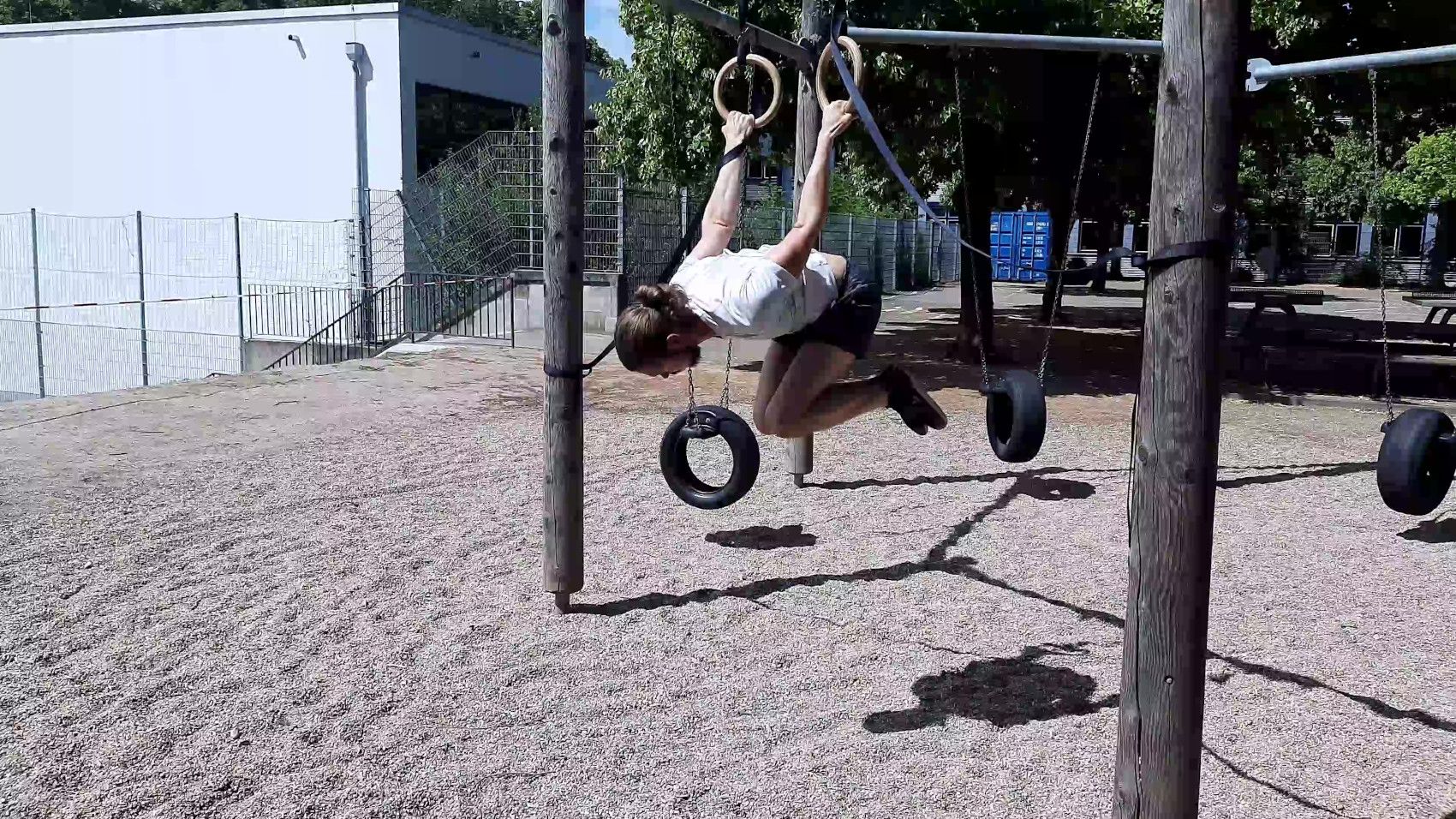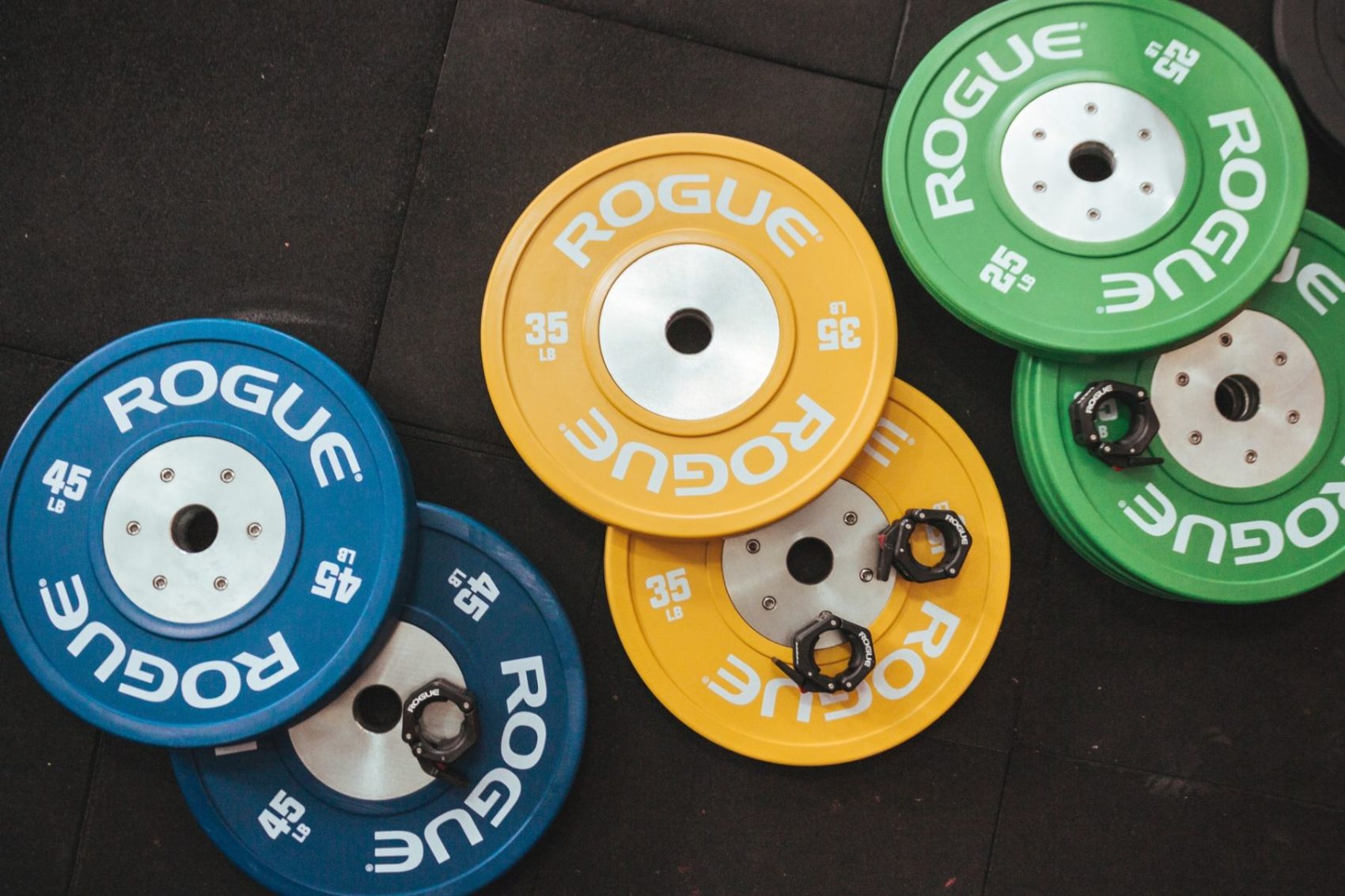I promise you the framework of progression and regression will have nothing to do with math, statistics, or such nerdy things. Instead, you will love the concept and are already using a few Calisthenics progressions if you are in for a while.
Ever asked yourself how to train for your first pushup? A front lever? An iron cross? You don’t go out there and nail them that easy.
Quite on the contrary – bench pressing 100kg isn’t that hard an achievement compared to nailing an iron cross.
All of these high-level skills, as well as other skills as pullups, need focussed work.
Behind these two terms is a useful concept to break down any skill into tiny and easier achievable mini-steps. That way you can work on any skill you like focussed.
A great book on the whole topic of progressions is Steven Low’s Overcoming Gravity*, specifically written for the calisthenics athlete.
OK – that said. Let’s get right into the creative world of progressions and regressions.
What does Progression und Regression really mean?
Well, that’s quite clear – but is it truly?
What are progressions and regressions mean in the world of calisthenics?
In the finance and nerdy world of numbers, these two stand for something growing and shrinking. In sports, they do the same. You can break down every skill there is in its components. Or even in easier moves leading to that main goal.
That is why they are so awesome.
Learning a skill is hard work and Calisthenics progressions can give you some points to orientate at.
Plus, they accustomize your system to the skill, this is especially true for flips or inversion, which can be on its own be quite scary.
But working at small parts of the movements and putting them together in the end, can ease a lot of that initial fear.
That way everyone can work on his very own level and progress from there on.
Let’s get concrete!
Calisthenic’s main difference from, for example weight lifting, is its measurbility. Measuring your progress is much harder.
5kg deadlifted more with the same form is easy to measure. But how do you measure if your planche leans got better?
Of course, this is doable but a lot trickier…
In our sport it is all about levers:
- The longer a lever the harder the most exercises. Take a front lever for example.
- A tuck front lever might be doable for many. But opening the hips a bit more will increase the difficulty significantly.
And likewise in weightlifting always maxing out isn’t wise – always working your maximum doable holds when training for a front lever isn’t wise either.
Light work, conditioning, and technique work is as important as when learning snatches.
That’s where the Calisthenics Progressions enable you to train on exactly your level and get enough volume done. Or even below it, when you desire it.1
I really like the comparison to weightlifting here. Seldom max out and condition yourself by lifting below your maximum. To grow one has to get some overall volume done. This is the way to success!
How do I find the right Progression?
This headline in itself is a paradox:
There is no such thing as the perfect or right progression in calisthenics. Sometimes harder progressions are useful, but most of the time you wanna work in easier ranges.
Likewise the weights analogy above – you don’t make every biceps curl you do a max rep. Most of the time you wanna spend in a more comfortable range:
- So – let’s stick with the front lever here. And say you can hold a one-legged front lever for 5-10s. This would be your level. While it is quite challenging to hold it you can do so with proper technique.
- A straddle front lever would be your harder progression. From time to time it makes sense to max out and do some straddle negatives or holds assisted with bands*
This way you can feel the challenges of the new progression and learn to cope with it. - The easier progression would be a tuck front lever. You should be able to hold this one fairly long with ease – for around 20-30s with.
Lighter progressions should take up the bulk of your work and make great to perfect the technique as well as condition your body to get stronger.
And this will be your grind – getting stronger and progress from level to level.
This principle is true for every move – may it be an iron cross, a backflip or the planche.
Let’s round everything up!
While I lined out the progression in calisthenics from one level to another quite linear, let me tell you – it isn’t.
- You will plateau and get stuck at certain levels. Riding the Calisthenics Progressions will only work for a time.
- For example, the jump from tucked exercises to straddled ones is huge!
That’s why you shouldn’t solely train the movement’s progressions. Mix up your training with dynamic exercise variations to build strength in a wider range of motion and tackle the skill from all angles.2
To live through each step is a nice experience. You will learn a lot along the way – not just about the skill – but also about how your body functions, about your ability to adapt and solve problems along the way.
I hope this post could bring the framework of the calisthenics progressions closer to you and give you some useful information!
My pledge at this place would be: If you wish some content to specific skills let me know. Which ones spark your interest?
Leave me some input, maybe you read next month about your favorite skill here!
Thanks for reading and enjoy your journey,






